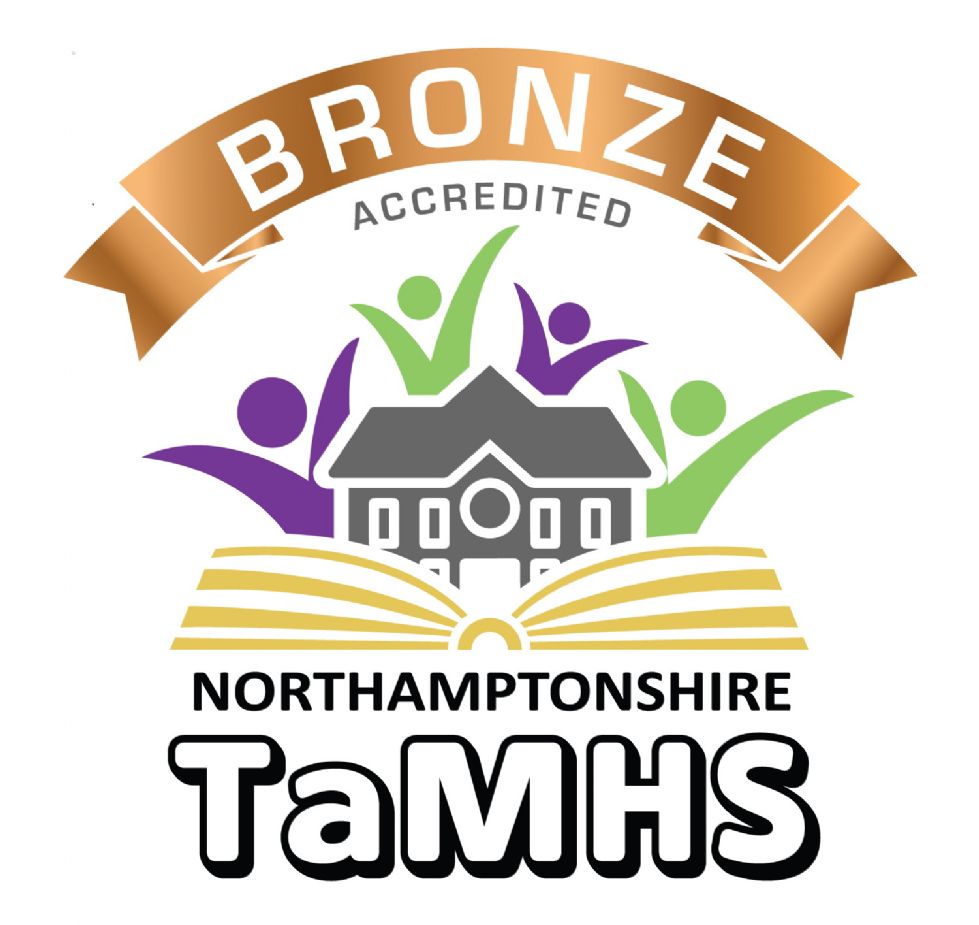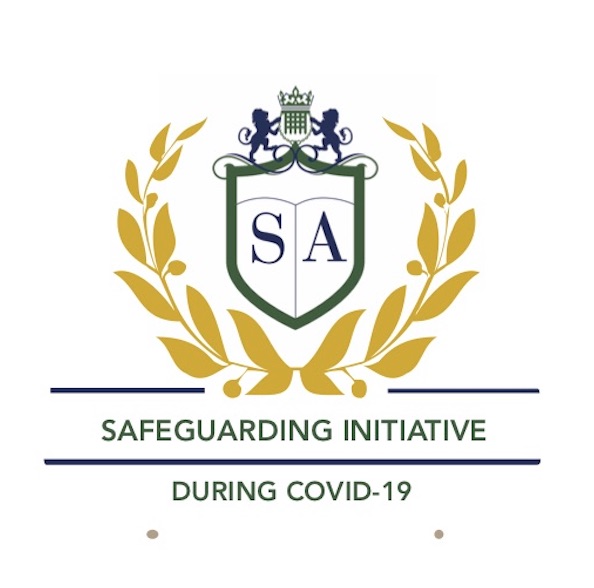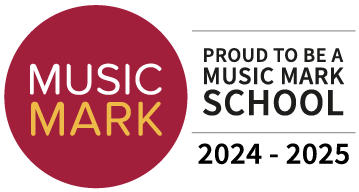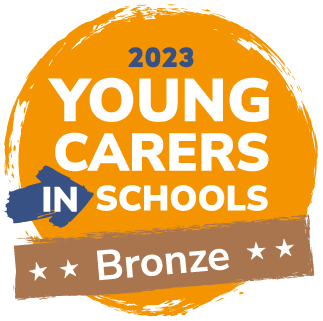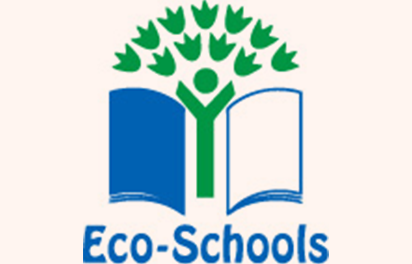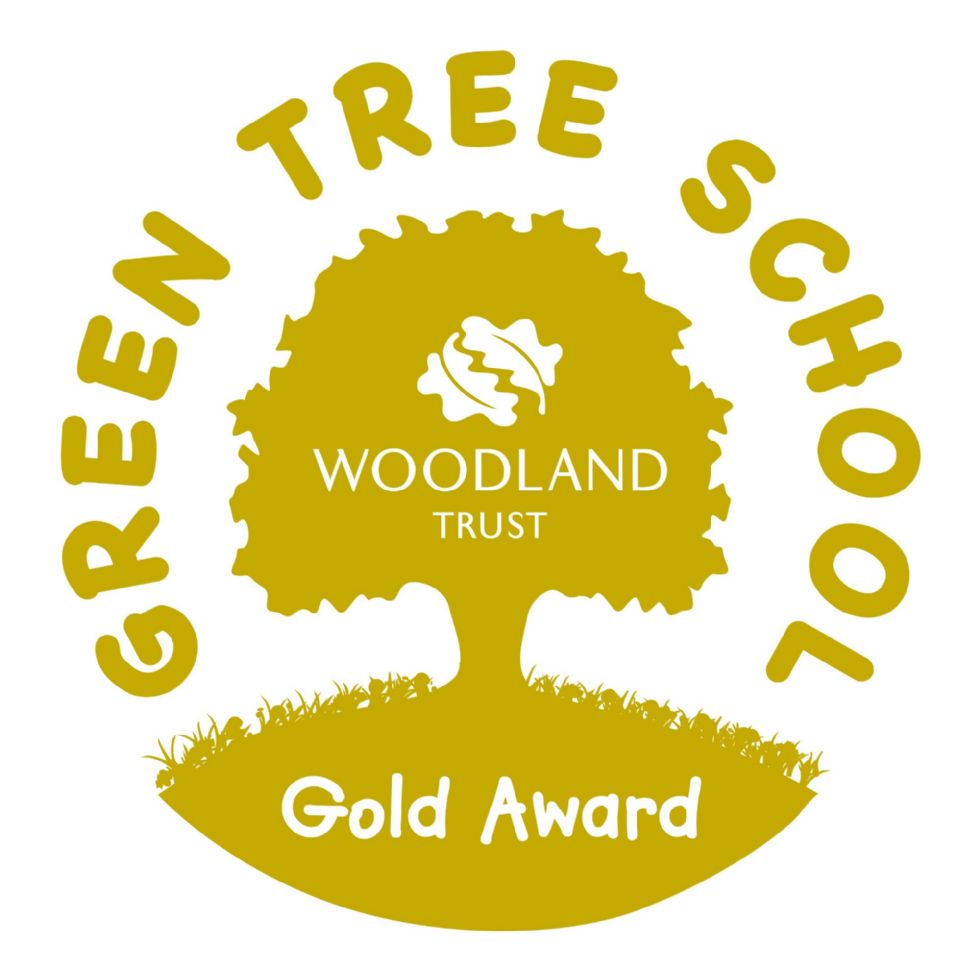Writing
"Reading is breathing in and writing is like breathing out, and story- telling is what links both, it is the soul of literacy."
Pam Allyn
Our reading and writing curriculum are interwoven to ensure that our children read as readers and write as writers. We use quality texts as ‘hooks’ and ‘anchors’ -non-fiction, fiction and poetry-to inspire children to communicate their own messages.
